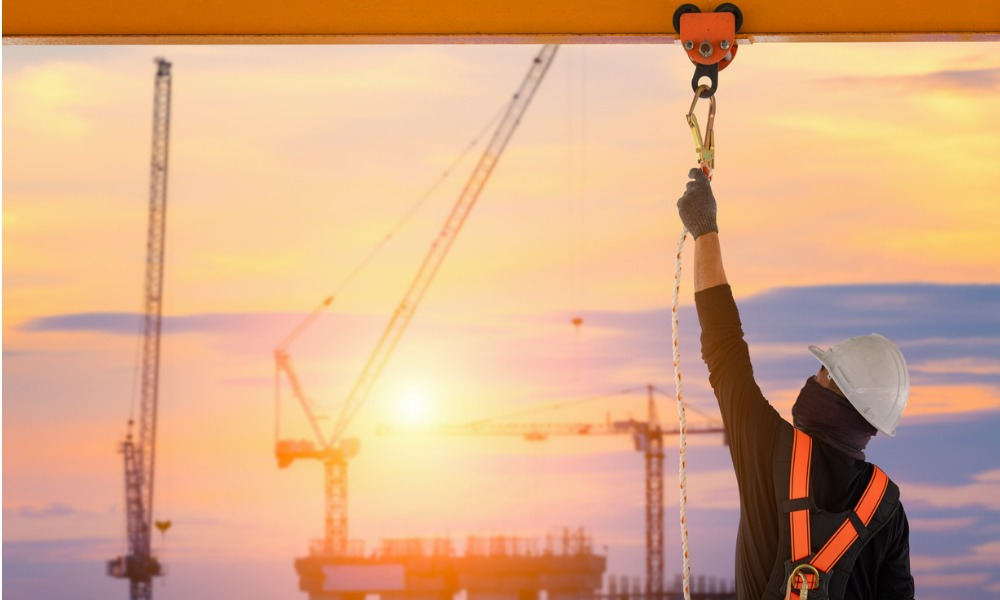'While data has been available on the types and rates of fatal and non-fatal falls, we need more information'

Though we know that working at heights is inherently hazardous, we need to do more to understand the causes of these risks. The American Society of Safety Professionals (ASSP) has recently revealed the results of a survey that it supported, conducted by the Center for Construction Research and Training (CPWR).
Now, the ANSI/ASSP Z359 Fall Protection and Fall Restraint Committee will use key findings from the Fall Experience Survey to hopefully enhance standards at workplaces around North America.
“While data has been available on the types and rates of fatal and non-fatal falls, we need more information on the causes of those falls,” said Thomas Kramer, Certified Safety Professional (CSP) and chair of the Z359 committee. “These new insights expand our knowledge so we can strengthen standards and ultimately prevent injuries and save lives.”
Read more: How to become a Certified Safety Professional in Canada
In North America, falls are among the leading causes of death among construction workers. But the survey went more in depth to figure out why. The ASSP has revealed that the six key findings of the Fall Experience Survey (which has 671 responses).
“It’s important to remember that all falls are preventable, and that drives us to collect better information that can foster operational solutions,” said Jessica Bunting, director of the CPWR’s Research to Practice. “Our new data is directly from people who are knowledgeable about workplace environments where falls are common.”
Firstly, the survey found that over a quarter (27.4 per cent) of participants believe that a lack of planning, insufficient or ineffective planning is a key underlying cause of falls.
In addition, a lack of planning is broadly associated with a lower likelihood of using fall protection. The survey found that the odds of using fall protection were 71 per cent lower for workers whose employers failed to plan. And almost half of respondents (48.8 per cent) said that no fall protection was being used at the time of a fall.
Fall protection actually plays a huge part in employee perceptions around safety. Indeed, the survey found that employee beliefs about their company’s fall protection policy are strongly associated with their use of all protection – those who thought fall protection was required were eight times more likely to use it.
The survey also showed that rescue training could help reduce fall-related deaths. The odds of a fatal fall were reduced by 76 per cent for those workers who had self-rescue training. Lastly, the survey also found that workers who are employed by subcontractors face a higher risk of fatal falls – they are 2.7 times more likely to die from a fall as opposed to those working for a general contractor.





